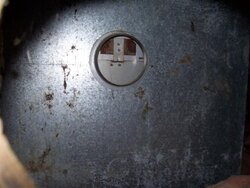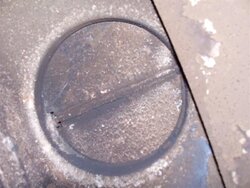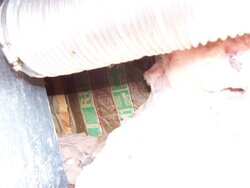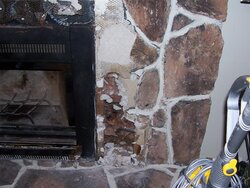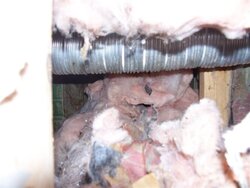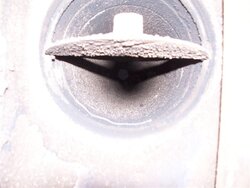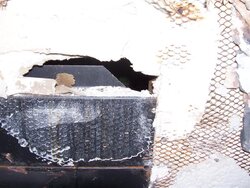webbie
Seasoned Moderator
Good points - Preway is actually mentioned by name on some ZC insert "approved" lists.....BUT
It is really important for the existing system to get a good inspection before step one of buying and installing. This is especially important because Preway is an OLD brand and this fireplace could well be past the age of it's "design life". In short, that means it might be time to rip the thing out! But without a pro inspection, there is no way of knowing. Weather, climate and other conditions mean that one unit might last 25 years and another still be in good condition after 35 years.
Dabbling a little into the world of common sense here - if such a fireplace is in good condition and capable of safely handling a fire in the existing firebox - well, the addition of a smaller box with two walls of steel between the new fire and the fireplace, plus the air space...then plus the preway construction....then plus a liner inside the existing chimney........I think common sense would say that it will be MUCH safer than it is now (properly installed). But, then again, we don't know exactly how it is now - and that is the rub. It might burn the house down "as is" if you used it for long periods of time.
It is really important for the existing system to get a good inspection before step one of buying and installing. This is especially important because Preway is an OLD brand and this fireplace could well be past the age of it's "design life". In short, that means it might be time to rip the thing out! But without a pro inspection, there is no way of knowing. Weather, climate and other conditions mean that one unit might last 25 years and another still be in good condition after 35 years.
Dabbling a little into the world of common sense here - if such a fireplace is in good condition and capable of safely handling a fire in the existing firebox - well, the addition of a smaller box with two walls of steel between the new fire and the fireplace, plus the air space...then plus the preway construction....then plus a liner inside the existing chimney........I think common sense would say that it will be MUCH safer than it is now (properly installed). But, then again, we don't know exactly how it is now - and that is the rub. It might burn the house down "as is" if you used it for long periods of time.


